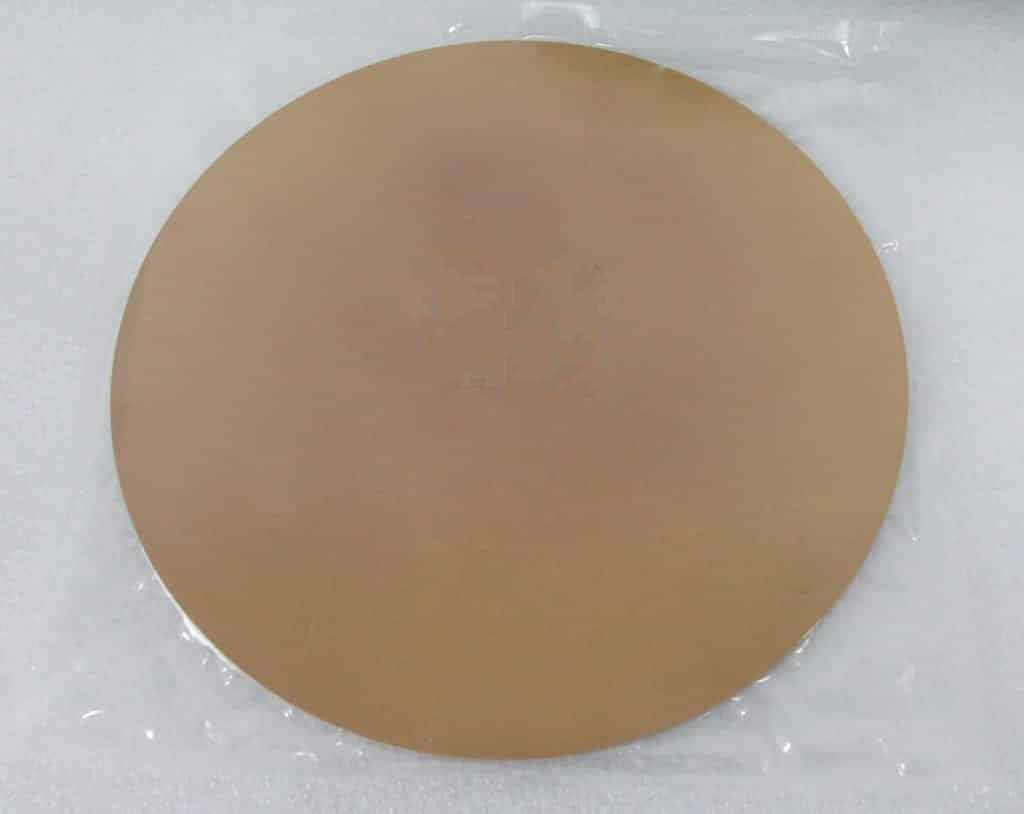VANADIUM
Atomic symbol: V
Atomic weight: 0.9415
Atomic number: 23
Electron configuration: 2-8-11-2
Oxidation states: +2, +3, +4, +5
State of matter: solid
Heavy metal, brittle
Discovered in 1801 by Andrès Manuel de Rio
Boils at 3000°C, melts at 1890°C
Notes:
Vanadium is a light gray or white lustrous powder, it does not tarnish in air and not affected by moisture at ordinary temperatures. It is quite rare. When alloyed with steel and iron, high strength structural steel and wear resistant cast iron can be produced.
Atomic symbol: Cr
Atomic weight: 51.9961
Atomic number: 24
Electron configuration: 2-8-13-1
Oxidation states: +2, +3, +6
State of matter: solid
Heavy metal, brittle
Discovered in 1797 by Louis-Nicolas Vauquilen
Boils at 2482°C, melts at 1890°C
Notes:
Chromium is a bluish white, brittle metal that is both hard and corrosion resistant. It is a very important steel alloy metal, and its chief ore is chromite.
MANGANESE
Atomic symbol: Mn
Atomic weight: 54.938045
Atomic number: 25
Electron configuration: 2-8-13-1
Oxidation states: +2, +3, +4, +6, +7
State of matter: solid
Heavy metal, brittle
Discovered in 1774 by Carl Wilhelm Scheele
Boils at 2097°C, melts at 1244°C
Notes:
Manganese is one of the most widely distributed, abundant elements. It is a gray-white, hard, brittle metal which is essential to the process of steel making. Nearly all aluminum and magnesium alloys contain manganese for improved corrosion resistance.
IRON
Atomic symbol: Fe
Atomic weight: 55.845
Atomic number: 26
Electron configuration: 2-8-14-2
Oxidation states: +2, +3
State of matter: solid
Heavy metal, ductile
Discovered in ancient times
Boils at 3000°C, melts at 1535°C
Notes:
Iron is a soft, ductile, malleable silver metal. It is somewhat magnetic, only holding its magnetism after hardening. Its main ores are hematite, magnetite, and pyrites. Iron can be used as a nutritional supplement, and can be alloyed with other elements to make steels.
Atomic symbol: Co
Atomic weight: 58.933195
Atomic number: 27
Electron configuration: 2-8-15-2
Oxidation states: +2, +3
State of matter: solid
Heavy metal, ductile
Discovered in 1735 by Georg Brandt
Boils at 2908°C, melts at 1495°C
Notes:
Cobalt is a gray, hard, magnetic, ductile, somewhat malleable metal that exists in two allotropic forms. Both forms can exist at room temperature. Alloyed with steel, it is used as permanent magnets. Cobalt occurs mainly as smalite, and cobalt compounds can be used as a catalyst to speed up reactions.
Atomic symbol: Ni
Atomic weight: 58.6934
Atomic number: 28
Electron configuration: 2-8-16-2
Oxidation states: +2, +3
State of matter: solid
Heavy metal, ductile
Discovered in 1751 by Baron Axle Fredrik Cronsted
Boils at 2732°C, melts at 1453°C
Notes:
Nickel is a white ferromagnetic metal that resists tarnish. It’s one of the most important steel alloys. When divided into tiny pieces, it becomes an excellent catalyst, especially in the hydrogenation of fats and oils. Nickel dioxide was used as the cathode in Edison’s storage battery. Nickel compounds have become important in electroplating and various other things.
COPPER
Atomic symbol: Cu
Atomic weight: 63.546
Atomic number: 29
Electron configuration: 2-8-18-1
Oxidation states: +1, +2
State of matter: solid
Heavy metal, ductile
Discovered in ancient times
Boils at 2595°C, melts at 1083°C
Notes:
Copper is a reddish-brown, soft, extremely ductile and malleable metal. When exposed to moist air it is coated with green basic carbonate. Its primary ores are chalcocite, chalcopyrite, and cuprite. It is a great conductor of electricity and is commonly found in electric wires. Alloyed with copper and zinc it is known as brass.

